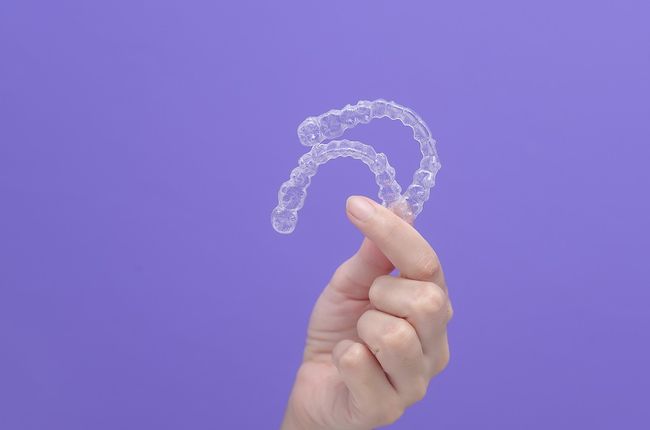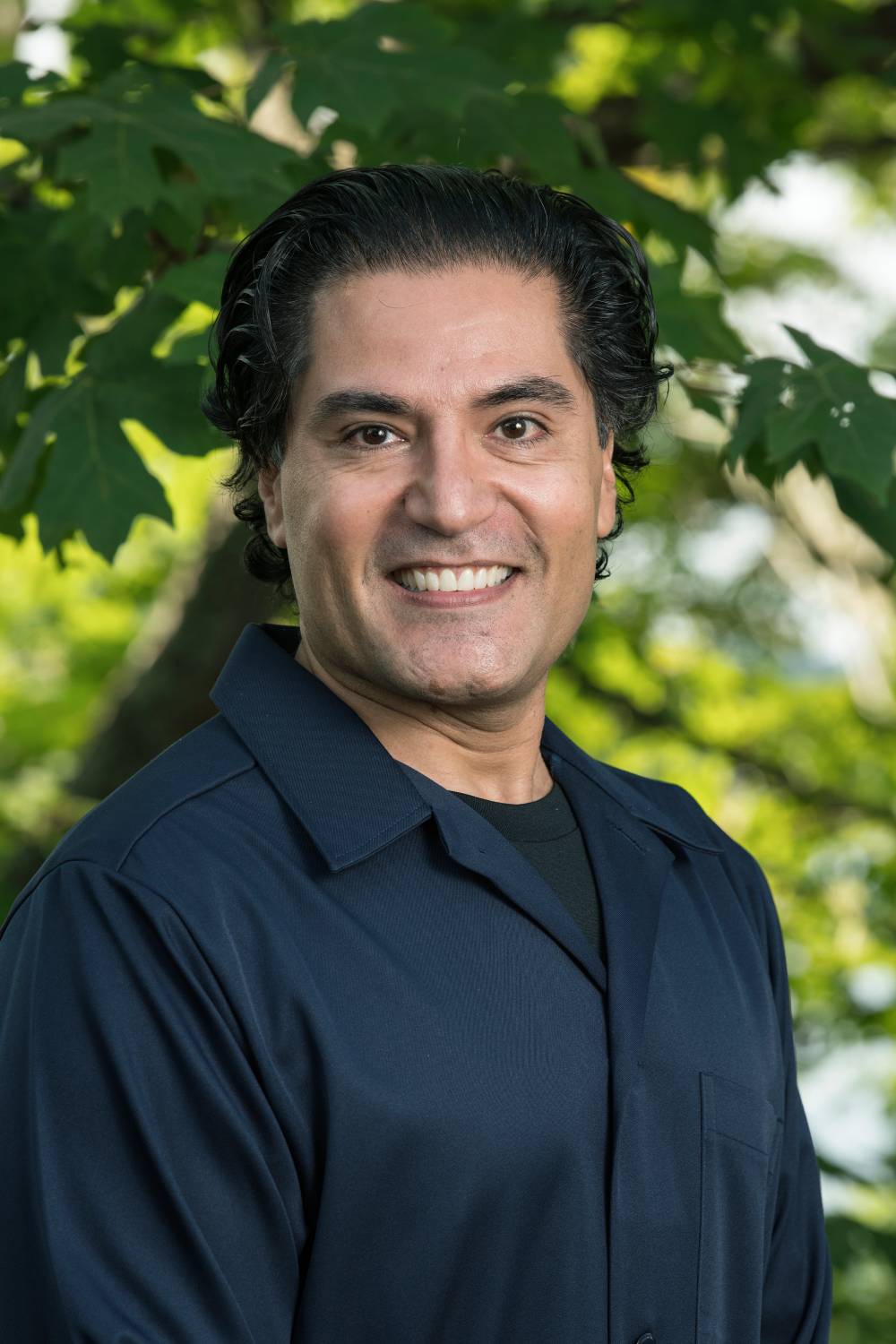Imagine a world where you can eat, talk, and smile without hesitation, all thanks to innovative dental solutions. Dental implants have revolutionized the way we approach tooth replacement. At the heart of this process lies a fascinating phenomenon known as osseointegration. This intricate biological connection between bone and implant is what allows these artificial teeth to function seamlessly in your mouth.
If you're considering dental implants in Seattle, WA, understanding osseointegration is essential for grasping how it works and why it's so effective. From the moment an implant is placed into your jawbone to when it feels like a natural part of you again, every step plays a crucial role in ensuring long-term success. Let’s embark on this journey together and explore what makes osseointegration such an important aspect of modern dentistry!
The Process of Implant Placement
The journey of dental implants begins with a precise surgical procedure. First, the dentist will ensure that your mouth is ready for the implant by assessing bone density and health.
After establishing suitability, local anesthesia is administered to ensure comfort. The next step involves creating a small incision in the gum tissue to expose the jawbone.
A carefully sized hole is then drilled into the bone. This space allows for the titanium implant post, which serves as an artificial tooth root, to be inserted securely.
Once positioned, soft tissues are stitched closed around it. This initial placement sets up everything necessary for successful osseointegration—where bone fuses with the implant over time.
Follow-up appointments are essential to monitor progress and address any concerns promptly. Each phase builds excitement toward achieving that confident smile again!
Key Factors for Successful Osseointegration
Successful osseointegration hinges on several key factors.
- First and foremost is the quality of bone in which the implant will be placed. Dense, healthy bone provides a solid foundation for integration.
- Another critical element is the surgical technique employed by your dentist or oral surgeon. Precision during placement minimizes trauma to surrounding tissues, promoting faster healing.
- Biocompatibility of the dental implant material also plays a vital role. Titanium, commonly used for implants, has excellent properties that encourage bonding with natural bone.
- Patient health cannot be overlooked either. Factors such as smoking, diabetes, and overall wellness can influence how well osseointegration occurs.
- Post-operative care is essential for success. Following your dentist's instructions regarding hygiene and activity levels directly impacts recovery outcomes. Each step matters in achieving long-lasting results with dental implants in Seattle, WA. Contact us to learn more.
Recovery and Healing Time
Recovery after dental implant surgery is a crucial phase. Patients often experience some swelling, bruising, or discomfort. These symptoms are normal and typically subside within a few days.
The initial healing period usually spans about one to two weeks. During this time, it's essential to follow your dentist's post-operative care instructions closely. This includes maintaining oral hygiene and possibly adjusting your diet for easier eating.
Osseointegration—the integration of the implant with the jawbone—generally takes several months. This process varies per individual based on factors like bone density and overall health.
Regular follow-up appointments will help monitor progress. Your dentist may schedule these visits to ensure everything is healing correctly before moving forward with further procedures, such as attaching the crown on top of the implant.
Achieving Full Functionality: Steps and Timeline
Achieving full functionality after dental implant surgery is a gradual process. It starts with the initial placement of the implant, which serves as a foundation for your new tooth.
Once the implants are in place, a healing period of several weeks to months follows. During this time, osseointegration occurs, where bone integrates with the implant. This crucial step ensures stability and strength.
After successful integration, abutments may be attached. These small connectors link your implants to the custom crowns that will eventually restore your smile.
Patients can usually expect complete functionality within three to six months post-surgery. However, timelines can vary based on individual health factors and adherence to care instructions.
Regular follow-ups with your dentist in Seattle are essential throughout this journey. They monitor healing and make adjustments as needed for optimal results.
Common Concerns and Complications
When considering dental implants in Seattle, WA, it’s essential to address common concerns and complications that may arise during the osseointegration process.
- One frequent issue is peri-implantitis, an inflammation of the tissues surrounding the implant. This condition can lead to bone loss if not promptly treated.
- Another concern is implant failure due to insufficient bone density or quality. Proper evaluation by a skilled dentist can help mitigate this risk before surgery.
- Patients sometimes experience prolonged discomfort after placement. While some soreness is normal, ongoing pain should be discussed with your healthcare provider.
- Infection remains a risk at any surgical site. Practicing good oral hygiene post-surgery plays a critical role in preventing complications and promoting healing.
- Open communication with your dental professional ensures you remain informed about potential issues as well as effective solutions tailored to you.
Conclusion: Benefits and Future Possibilities of Osseointegration
Osseointegration has revolutionized the field of dental implants, particularly for those seeking solutions in Seattle, WA. The ability for an implant to fuse with the jawbone provides a stable and durable foundation that mimics natural teeth. This process not only enhances oral function but also improves aesthetics and boosts self-confidence.
The benefits extend beyond just physical health; they encompass emotional well-being as well. With successful osseointegration, patients can enjoy their favorite foods without discomfort or worry about their implants shifting. The long-term durability of these implants means fewer replacements and lower costs over time.
Looking ahead, advancements in technology promise even greater improvements in osseointegration techniques. Future developments may lead to faster healing times and improved materials that enhance integration success rates. As research continues to evolve, we may see innovative solutions tailored specifically for individual needs.
For residents considering dental implants in Seattle, WA, understanding osseointegration is essential for making informed decisions about oral health care options available today—and the potential enhancements on the horizon are truly exciting.
If you would like to avail of our dental services, visit Oak Tree Dental Care at 10004 Aurora Ave N, Suite 14, Seattle, WA 98133, or call dentists in Seattle, WA at (206) 363-4300 to schedule an appointment.















